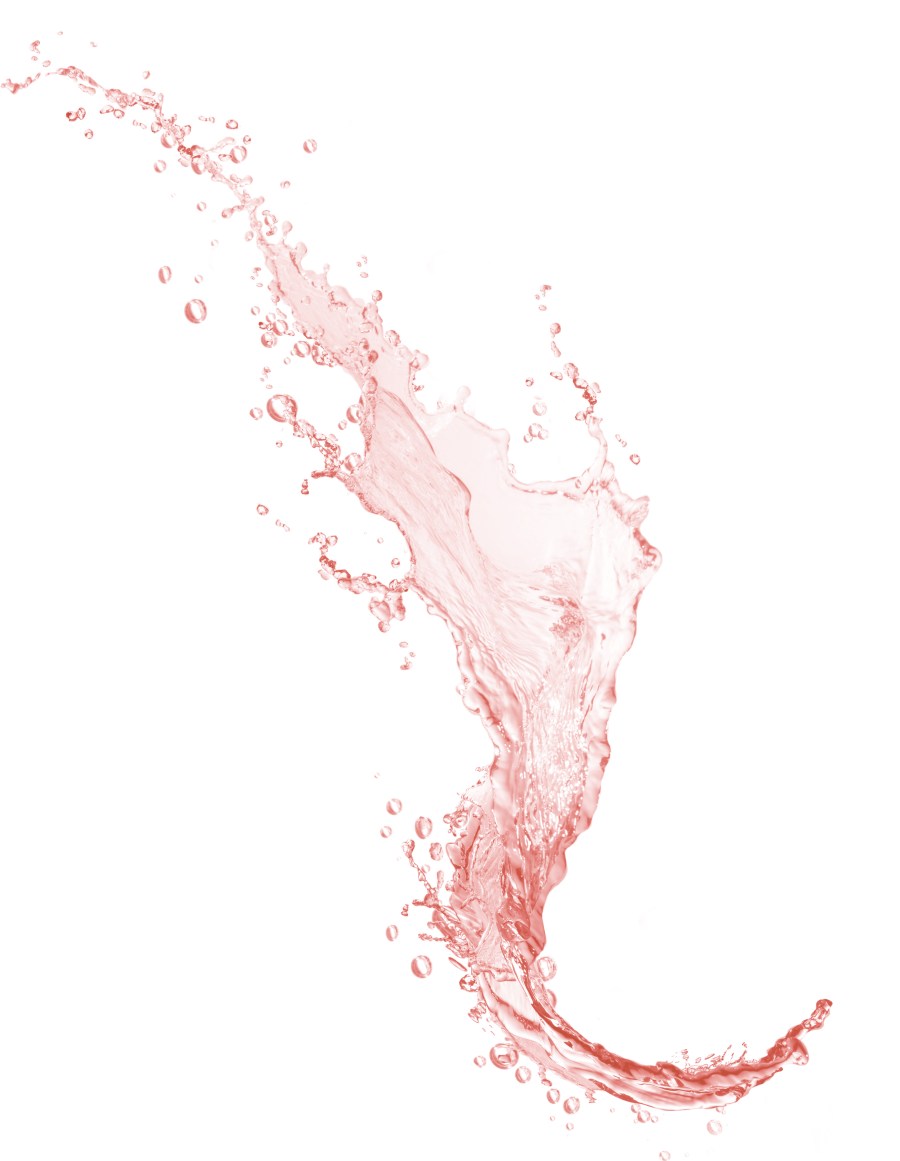With harvest fast approaching take comfort in the words of an iconic Frenchman to get you through the crush cycles and long hours ahead: “All you need is a 10-minute nap and voilà, a slurp of rosé and I feel as fresh as a daisy,” – Gérard Xavier Marcel Depardieu.
With global wine consumption a downward trend, rosé, like sparkling is a wine style that is bucking this trend. Global rosé wine consumption has increased by 8% with the largest market being the USA, with fresh, aromatic styles being chosen by younger wine drinkers. France is the largest producer of rosé, with a resurgence of dynamic packaging such as the glass stopper Vinolok and innovative bottle shapes (Audrey BruniGlass) to accompany these trendy and classical provincial styles. One of the emerging techniques from this market is the winemaking technique of Stabulation.
Principal
Stabulation, a technique developed in Provence where partially clarified juice is held at very low temperature for coordinated times/temperatures prior to fermentation initiation. The aim is to increase aroma extraction of Thiol and Ester precursors from the juice/must. Destemmed healthy grapes follow a press cycle like in Champagne rather than a more traditional still wine press cycle. Good quality destemmed grapes are needed with particular attention to fining (Polymust® rosé), enzyme additions (Lafazym® press) and oxygen management (Suprarom®). Colour will be lost during fermentation (circa 30-40%) and removal of bitter oxydisable phenolics is essential to avoid that particular character, it is critical that quinones do not form as these trap aromas. Using Fresharom® during fermentation can boost Glutathione due to the high pre-cursor content.
Process
To maximise aromatic compounds for a rosé style, managing grape receival is critical. This compliments English and Welsh wine making processes well as harvesting carefully, by hand, omitting any diseased fruit is important to maintain a healthy must and reduce oxidation. Grape temperatures do not want to exceed 12-14°C so use cooling units as well as a light addition of Suprarom®, an antioxidant.
During pressing maintain an inert atmosphere, either dry ice or nitrogen sparging, and make an addition of a press enzyme to increase juice yield. Keep SO2 additions minimal or look at alternative bio-controls (Zymaflore® Égide). The press cycles follow a three stage Champagne press cycle, separating juice fractions by tasting and possibly pH. Enzyme additions can play a key role in extracting aromas from the juice and wine, two effective enzymes are outlined below.
Aromatic enhancing enzymes
Lafazym® Thiols[+] New 2018 when used in stabulation allows reduced duration of treatment. Used alone this will not make up for the strain effect of high thiol producing yeast strains. To optimise the aromatic impact we recommend using Yeasts Zymaflore® X5 , Zymaflore® Delta or Zymaflore® VL3.
Lafazym® Arom (Terpene) contains a high beta-glycosidases concentration which enables the release of a great number of aromas from their glycosylated precursors (terpenes, norisoprenoids…). Use Arom at the end of alcoholic fermentation, enhanced by terepene specific Yeast Zymaflore® VL1, Arom also Improves wine clarification. Post fermentation it is critical to keep the wine protected. Add SO2 at 5 g/hL (50 ppm) six days after the end of alcoholic fermentation during the first racking (to avoid residual sulfito-reductase activity). It is also important to check oxygen during the post ferment and bottling process, using a tool such as the Nomasense p300 can check both dissolved oxygen (DO) and headspace 02 in tank content instantly allowing you to adjust your process if necessary.




